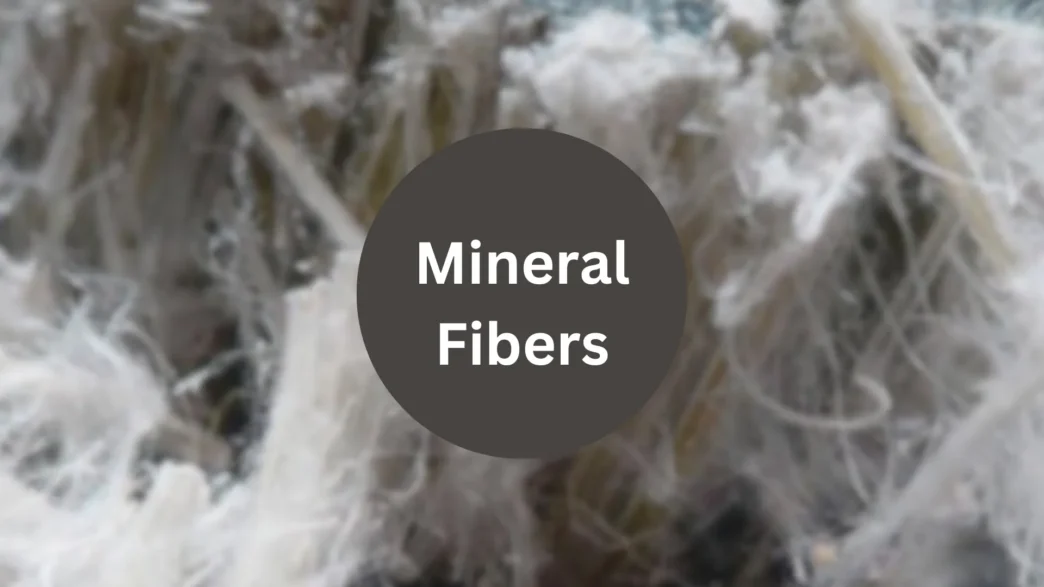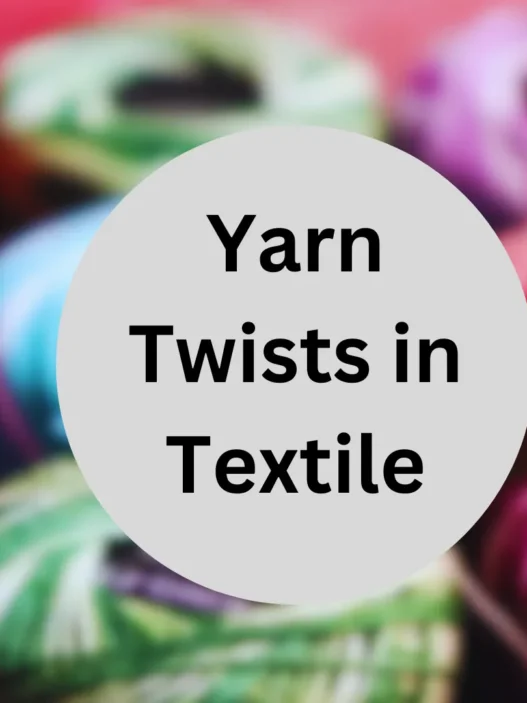Flexible materials extracted from rocks and minerals nearly invisibly weave into the fabrics and products we wear daily. These fibers can be used for insulation to high-performance apparel, providing unique properties such as improved durability, thermal resistance, and sustainability.
This article discusses the fascinating world of mineral fibers, their types, applications, and the amazing future for mineral fibers in various industries.
What are Mineral Textile Fibers?
Mineral textile fibers are inorganic, man-made materials made from natural mineral refuse (rock, metal, and glass). Unlike natural fiber produced by plants or animals, man-made fiber is designed for specific industrial and technical applications.
Key types include:
- Glass fibers: Chemically resistant, used in insulation and roofing, lightweight.
- Rock fibers: Basalt fibers are heat resistant and suitable for fireproofing.
- Ceramic fibers: Perfect for industrial insulation, ultra-durable, and heat resistant.
- Metal fibers: Metal fibers are also used in reinforced composites and are conductive and thermally stable.
Very strong, tough, and able to withstand extreme conditions, these fibers have become indispensable in modern industry because of their good properties.
Types of Mineral Fibers in Textiles
Asbestos Fibers
- Properties: Fire-resistant and durable.
- Applications: Used previously in textiles and construction.
Glass Fibers
- Properties: Resistant to chemicals, molds, and insects, naturally non-flammable.
- Applications: Used in fiberglass insulation, filters, and plastic reinforcements.
Ceramic Fibers
- Properties: Very high heat resistance and durability.
- Applications: Charged with reinforcing materials such as fire barriers, gaskets, and industrial insulation.
- Safety Note: Ingesting these fibers is dangerous, and proper handling is key.
Key Properties and Benefits
Thermal Insulation
Fiberglass and rock wool mineral fibers trap air between their structure, making them particularly good at minimizing heat flow. They are commonly used in building insulation for energy efficiency.
Fire Resistance
They are inherently nonflammable and excellent for use in safety fields, such as fire-protected clothing, insulation, and building materials.
Durability
Mineral fibers are resistant to pests, rot, and mildew, making them extremely long-lasting and able to withstand stress and pressure simultaneously.
Mineral Fiber Textiles in Application
Insulation
Mineral fibers are essential for thermal and acoustic insulating properties in industrial furnaces or residential homes.
Filtration
Their fine, heat-resistant structure is perfect for air and water filtration systems, ensuring their cleanliness and safety.
Reinforcement
MBEFG commodities include mineral fibers, which can strengthen and extend the life of components in the construction, automotive, and brake pad markets.
Fashion and Furnishings
Mineral fibers, such as basalt, have been used for decades and are now used in outdoor gear, weather-resistant furnishings, and protective clothing.
The Future of Mineral Fibers
Sustainable Fashion
Basalt and slag wool mineral fibers are invading the sustainable fashion world. Due to their insulating properties and durability, these two make great eco-friendly outdoor gear and sportswear.
Construction Materials
Mineral wool insulation innovations promise better energy and fire resistance in residential and commercial buildings.
Lightweight Automotive and Aerospace Applications
The automotive and aerospace industries increasingly use lightweight, durable mineral fibers to increase fuel efficiency and safety.
Green Innovations
Because mineral fibers are recyclable, non-toxic, and durable, they are ideal replacements for less sustainable materials in packages, geotextiles, and other applications.
Conclusion
Little is known about the mineral fibers that are undetectable to the natural senses and bring us many modern conveniences: fire-resistant work wear, noise-proofing your home, and many more. Strong, heat-resistant, and, most importantly, sustainable are the most unique properties that make them indispensable across industries. We can expect these versatile fibers to continue to shape a safer, more sustainable future as technology evolves.
The next time you are warm and cozy in your favorite fleece jacket or a silent soundproof room, you will probably want to thank the incredible science and engineering behind mineral fibers. They are the really quiet champions of the new times.
Olivia Hart is a business analyst passionate about entrepreneurship, providing insights and strategies for startups and established companies alike.




















